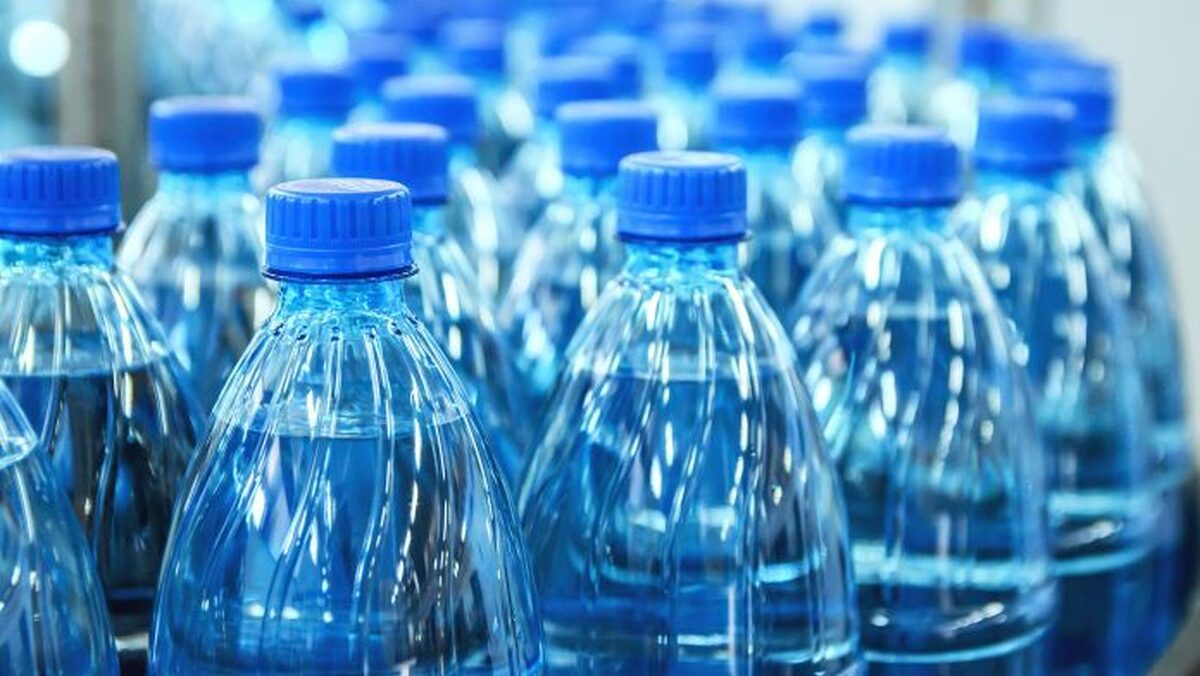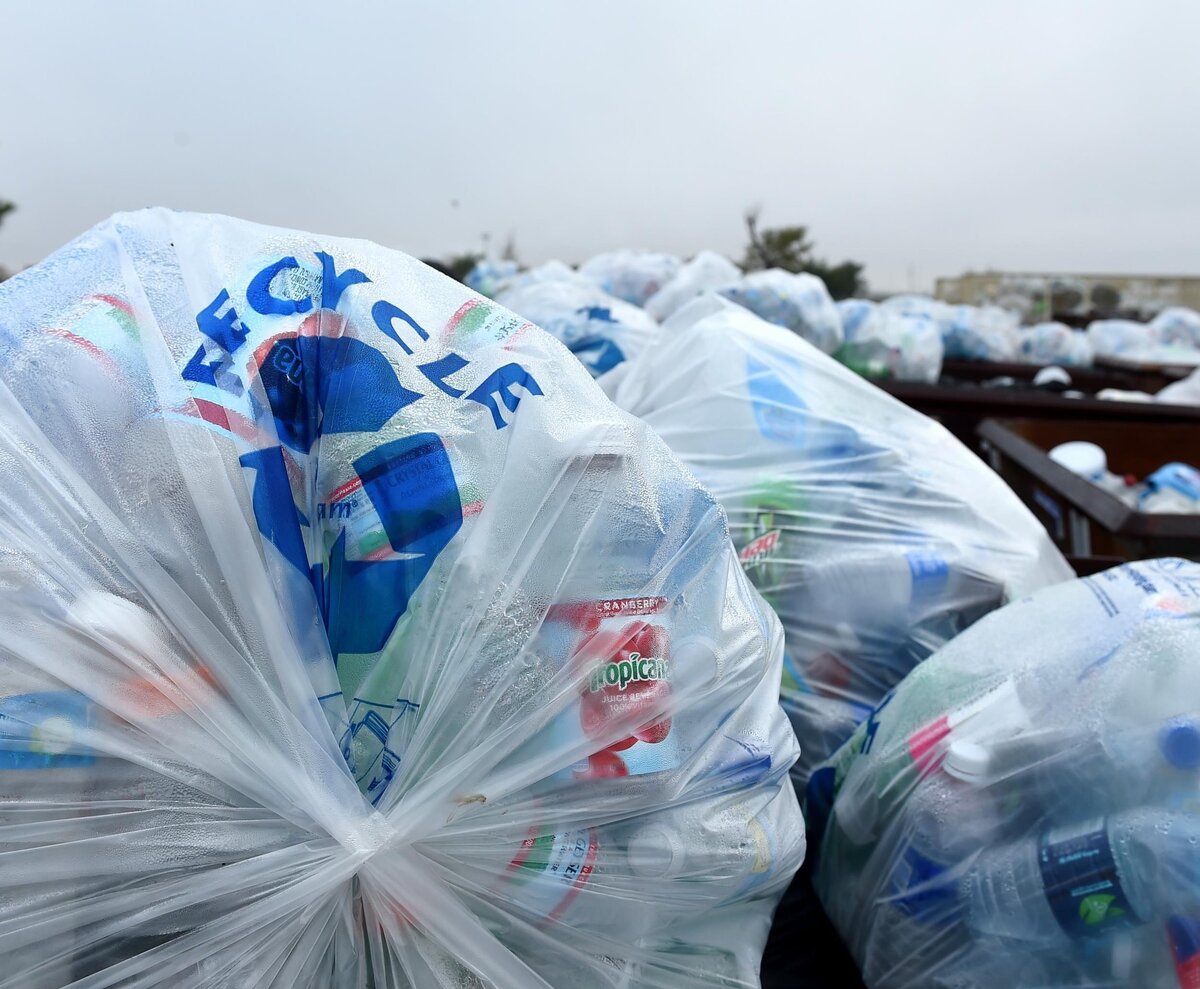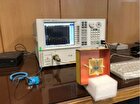Bottled Water Found to Harbour Hundreds of Thousands of Nanoplastics per Liter

A recent study published in the Proceedings of the National Academy of Sciences has now revealed that a single liter of bottled water can contain an average of 240,000 detectable plastic fragments, a 10 to 100-fold increase over previous estimates based on microplastics alone.
This discovery comes amid alarming statistics on global plastic production. We churn out 400 million metric tons annually, with over 30 million tons dumped into the environment or embedded in everyday products.
Unlike organic matter, plastics persist, endlessly dividing into ever-smaller particles, potentially reaching molecular levels.
Microplastics range in size from 5 millimetres to 1 micrometre, while nanoplastics fall below that threshold.
Previous studies on bottled water, sparked by a 2018 finding of 325 particles per liter, had already raised concerns. But good estimates stopped at the micro-nano boundary, leaving the realm of nanoplastics largely unexplored.
Unlike their larger cousins, nanoplastics, measuring in billionths of a metre, can bypass intestinal and lung barriers, entering the bloodstream and reaching vital organs like the heart and brain.
They can even invade individual cells and cross the placenta, raising concerns about impacts on unborn children.
The new study employed a cutting-edge technique called stimulated Raman scattering microscopy, co-invented by study co-author Wei Min, a biophysicist at Columbia University, to peer into the hidden world of nanoplastics.
By targeting seven common plastic types with lasers and developing a data-driven analysis algorithm, the researchers gained unprecedented insights.
Analysing three popular bottled water brands in the US, the team identified 110,000 to 370,000 plastic fragments per liter, a staggering 90% of which were nanoplastics.
They also identified specific plastics like PET (from bottle material) and polyamide (possibly from water filters) and even categorised their shapes – crucial data for biomedical research.
However, the identified plastics only accounted for 10% of the nanoparticles. If the rest are also nanoplastics, the number could soar into the tens of millions per liter. Worse, they could be anything, further clouding the potential health and environmental risks.
The research, however, goes beyond bottled water. The team plans to tackle tap water, wastewater from synthetic laundry, and even snow samples from Antarctica.
Collaborations with environmental health experts are underway to quantify nanoplastics in human tissues and investigate their developmental and neurological effects.
This groundbreaking study sheds light on the alarming extent of plastic pollution and its potential reach within our bodies.
It underscores the urgent need for action on multiple fronts: reducing plastic production, finding sustainable alternatives, and developing efficient filtration technologies.
4155/v
























